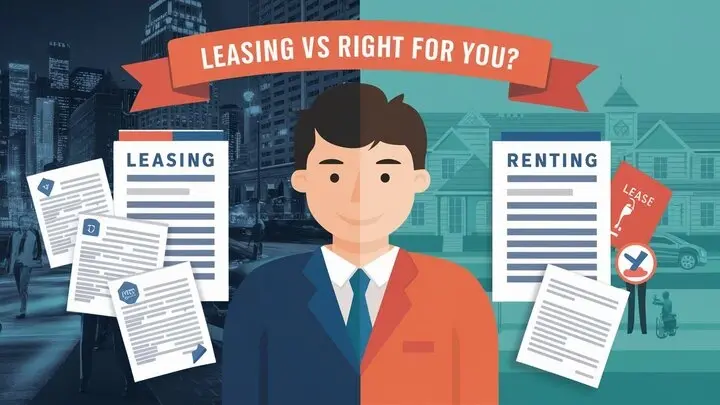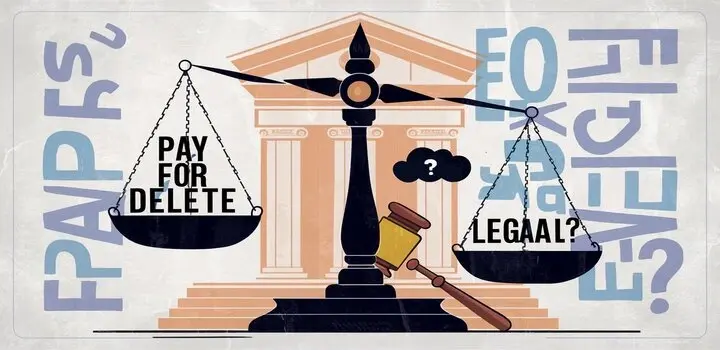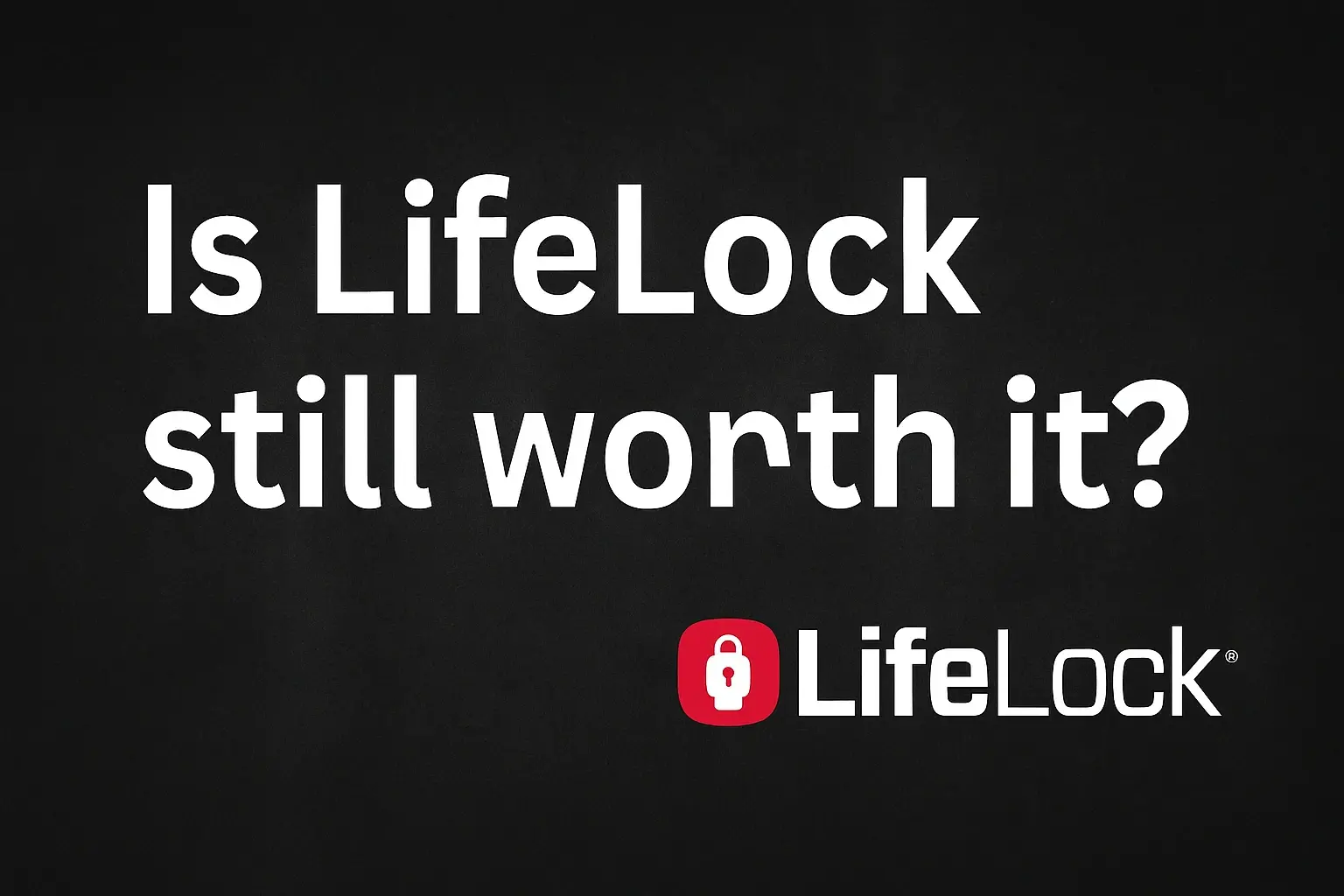-
Posted on: 28 Jun 2024

-
Choosing between leasing and renting a property can be a significant decision. Both options provide housing, but they differ substantially in their terms, conditions, and overall commitment. Understanding these differences is crucial to selecting the option that best aligns with your needs and circumstances. This comprehensive guide will break down the key distinctions between leasing and renting, covering everything from contract length to maintenance responsibilities.
What is Leasing?
Leasing typically refers to a longer-term agreement, often spanning several months or years. It's a more formal arrangement that provides both the lessor (property owner) and lessee (tenant) with greater security and stability. Think of leasing like a marriage; it's a commitment with defined roles and responsibilities for a set duration.
Key Characteristics of Leasing:
- Longer Contract Duration: Leases usually run for a fixed period, such as 6 months, 1 year, or even longer.
- Fixed Rental Rates: The monthly rent typically remains constant throughout the lease term.
- More Formal Agreement: Lease agreements are often more detailed and legally binding.
- Less Flexibility: Breaking a lease can result in penalties, such as forfeiting the security deposit or being responsible for rent until a new tenant is found.
- Greater Stability: Provides the tenant with a guaranteed living arrangement for the lease duration.
- Potentially lower monthly cost: Depending on market conditions, a longer lease might offer a slightly reduced monthly cost as incentive.
What is Renting?
Renting generally involves a shorter-term agreement, usually on a month-to-month basis. It offers greater flexibility for both the landlord and the tenant. Think of renting as a dating relationship; it's less commitment-heavy and easier to dissolve when necessary.
Key Characteristics of Renting:
- Shorter Contract Duration: Rental agreements are typically month-to-month, although some may be for shorter periods.
- More Flexible Terms: Renting offers greater flexibility, allowing tenants to move with shorter notice.
- Potential for Rent Increases: Landlords can typically increase rent with proper notice (usually 30 days), depending on local laws and regulations.
- Less Formal Agreement: Rental agreements may be less detailed than lease agreements.
- Greater Flexibility: Offers more freedom to move or change living arrangements.
- Potentially higher monthly cost: This is due to the shorter term nature of the arrangement and the built-in premium of flexibility for the tenant.
Detailed Comparison: Leasing vs. Renting
Let's delve deeper into the specific differences between leasing and renting:
1. Contract Duration and Termination
Leasing: Lease agreements have a fixed term, typically ranging from six months to several years. Early termination of a lease can result in financial penalties, such as loss of the security deposit or responsibility for unpaid rent until a new tenant is found. Some leases may include clauses that allow for early termination under specific circumstances, such as military deployment or job relocation, but these are not always standard.
Renting: Rental agreements are usually month-to-month, providing greater flexibility. Either the landlord or the tenant can terminate the agreement with proper notice, typically 30 days, but this can vary based on jurisdiction. This flexibility makes renting ideal for individuals who are uncertain about their long-term plans or who need a temporary housing solution.
2. Rental Rates and Payment
Leasing: Rent is usually fixed for the duration of the lease. This provides predictability and allows tenants to budget effectively. However, this also means that tenants cannot benefit from potential market decreases in rental rates during the lease term.
Renting: Rent can be increased by the landlord with proper notice. This makes budgeting more challenging, but it also allows tenants to potentially benefit from market decreases in rental rates if they are willing to renegotiate or move.
3. Security Deposit
Leasing and Renting: Both leasing and renting usually require a security deposit to cover potential damages or unpaid rent. The amount of the security deposit is usually regulated by state and local laws. Landlords are typically required to return the security deposit, less any deductions for damages beyond normal wear and tear, within a specified timeframe after the tenant moves out.
4. Maintenance and Repairs
Leasing and Renting: In both leasing and renting situations, the landlord is generally responsible for maintaining the property and making necessary repairs. However, the specific responsibilities may vary depending on the lease or rental agreement. Tenants are typically responsible for reporting any maintenance issues promptly.
It is important to clarify these responsibilities in the written agreement to avoid disputes later on. Some leases may specify that tenants are responsible for certain minor repairs, such as changing light bulbs or unclogging drains.
5. Restrictions and Rules
Leasing and Renting: Both lease and rental agreements can include restrictions and rules regarding pets, smoking, noise levels, guest policies, and other aspects of tenancy. These rules are designed to maintain a harmonious living environment for all tenants and to protect the property.
Tenants should carefully review these restrictions before signing a lease or rental agreement to ensure they can comply with the rules. Violation of these rules can lead to eviction or other penalties.
6. Legal Protections
Leasing and Renting: Both tenants under a lease and renters have legal rights and protections under landlord-tenant laws. These laws vary by state and locality and cover issues such as eviction procedures, rent control, and landlord responsibilities. It's important for tenants to be aware of their rights and to seek legal advice if they encounter any problems with their landlord.
7. Subletting
Leasing: Subletting, or renting out a portion or the entire property to another tenant, may be allowed under a lease agreement, but often requires the landlord's written consent. The lease agreement will typically outline the process and conditions for subletting.
Renting: Subletting may also be possible with a rental agreement, but it's even more likely to require explicit approval from the landlord, given the month-to-month nature of the arrangement.
8. Renewals
Leasing: A lease typically requires a formal renewal process. Landlords often notify tenants in advance of the lease expiration date to discuss renewal options. The terms of the renewal, including the rental rate, may be subject to negotiation.
Renting: Because rental agreements are typically month-to-month, they usually auto-renew unless either party provides notice of termination. However, the landlord can still change the terms of the agreement, including the rental rate, with proper notice.
When to Choose Leasing Over Renting
Leasing is generally the better choice when:
- You need a stable and predictable living arrangement for a longer period.
- You value a fixed rental rate and want to avoid potential rent increases.
- You are willing to commit to a lease term and accept the associated penalties for early termination.
- You prefer a more formal and structured landlord-tenant relationship.
When to Choose Renting Over Leasing
Renting is generally the better choice when:
- You need flexibility and the ability to move with short notice.
- You are uncertain about your long-term plans or job prospects.
- You are willing to accept the possibility of rent increases.
- You prefer a less formal and more flexible landlord-tenant relationship.
- You are looking for a temporary housing solution.
Conclusion: Making the Right Decision
The decision between leasing and renting depends entirely on your individual circumstances and priorities. Consider your financial situation, lifestyle, and long-term plans when making your choice. Carefully review the terms of any lease or rental agreement before signing to ensure you understand your rights and responsibilities. Understanding the nuances between leasing and renting empowers you to make an informed decision that aligns with your needs and provides a comfortable and secure living situation.











